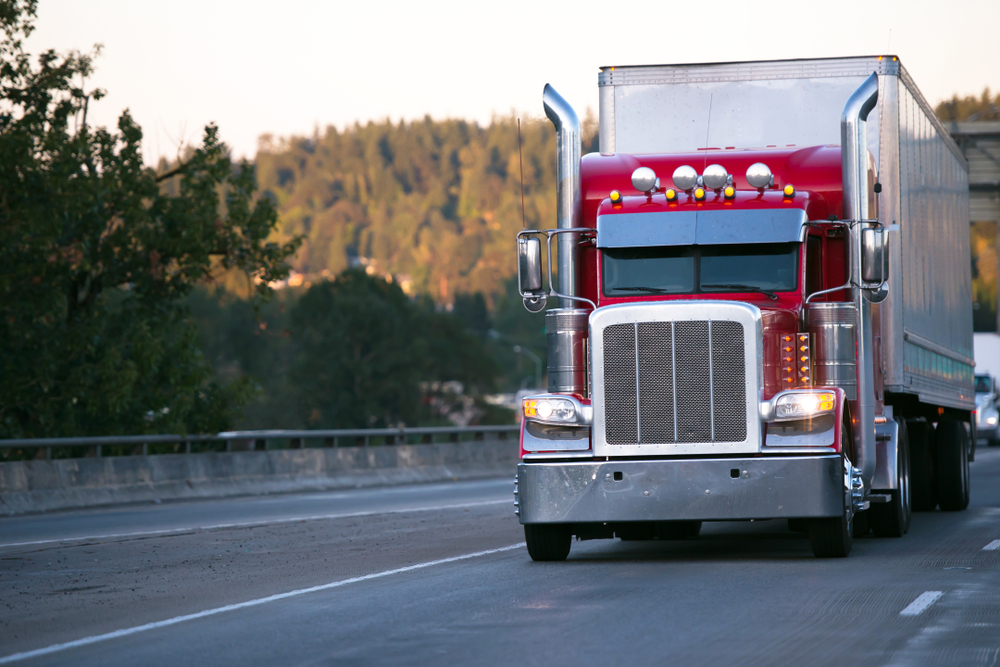The EPA is planning more stringent greenhouse gas (GHG) emissions standards for heavy-duty trucks and large trailers in 2023, Reuters reports.
In March 2022, the Agency published a proposed rule to set more stringent pollution reductions regulations applicable to heavy-duty vehicles and engines starting with model year (MY) 2027. The vehicle types expected to be impacted by the updated regulations include school buses, transit buses, commercial delivery trucks, and short-haul tractors.
“Under the EPA’s revised schedule, the agency plans to issue proposed rules in March [2023] and final rules by the end of December [2023], a move the agency said will allow it ‘to put in place ambitious GHG standards for heavy-duty vehicles as soon as possible,’” according to Reuters.
The EPA’s revised regulations are in response to President Joseph Biden Jr.’s Executive Order “Strengthening American Leadership in Clean Cars and Trucks” (EO 140374). The EPA expects the updated rules to reduce nitrogen oxides (NOx) emissions from trucks by as much as 60 percent in 2045.
“The benefits of the proposed rule would exceed its costs by billions of dollars,” states an EPA news release. “EPA estimates that by 2045 the most ambitious option outlined in today’s proposal would result in the following annual benefits:
- Up to 2,100 fewer premature deaths
- 6,700 fewer hospital admissions and emergency department visits
- 18,000 fewer cases of asthma onset in children
- 3.1 million fewer cases of asthma symptoms and allergic rhinitis symptoms
- 78,000 fewer lost days of work
- 1.1 million fewer lost school days for children”
Other actions
An article in Waste Today magazine reports that the Truck and Engine Manufacturers Association (EMA) states the EPA will seek comments on “possibly reopening Phase 2 of the greenhouse gas standards finalized in 2016.” The Phase 2 GHG Rule covered MYs 2019–2027.
The EPA also announced a separate action that will set new GHG emissions standards for heavy-duty vehicles as soon as model year 2030, which will more comprehensively address the long-term trend toward zero emissions vehicles across the heavy-duty sector.
According to the proposed rule, the Agency is considering two options for implementation of the revised regulation:
- Proposed Option 1 would implement stronger NOx standards in two steps. The first increase in stringency would be in MY 2027, and the second would be in MY 2031; under this option, the 2031 NOx standards would be 90 percent lower than today’s standards.
- Option 2 would immediately jump to full implementation of a NOx standard in MY 2027.

